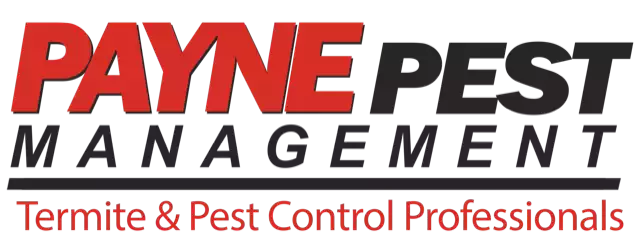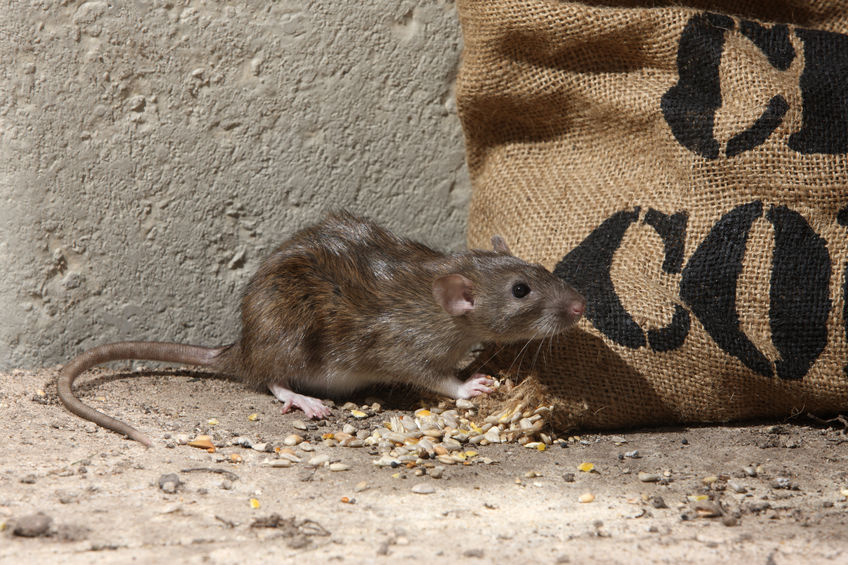In California, the two most common rat species are the Norway rats and roof rats. To the untrained eye, these pests seem the same, but they differ in appearance, size and behavior. However, it’s important to know which species you have in order to treat it most effectively.
Roof rats are the most widespread type of rat in San Diego County. An adult measures about eight inches in length and has a longer tail than its pal the Norway, which can measure up to ten inches long. Roof rats are gray or brown and like to climb rather than burrow; they live above ground in shrubs, trees and in dense vegetation. These rats have pointed noses and a light, slim build, which makes them excellent climbers – especially across utility lines and branches to access roofs and enter houses. Once inside, they nest in attics, drop ceilings and wall voids. They often eat fruit, insects and even the seeds around birdfeeders. Roof rats are more problematic than Norway rats in California’s inland and suburban areas.
Norway rats have a similar coloring to roof rats, with blunted noses and a heavier, more robust build. These rats are typically much more aggressive than roof rats and won’t hesitate to bite or scratch. Norway rats burrow near buildings and outbuildings, under woodpiles or trash piles, in garden and landscapes, travel or live in sewers, and infest basements and lower or underground levels of structures. Norway rats eat a wide variety of foods but mostly prefer cereal grains, meats, fish, nuts and some fruits. While ranges and habitats for the two species overlap, Norway rats tend to be a bigger issue in coastal California areas and in densely populated, inner-city or downtown areas.
The coastal vegetation dotting San Diego is the paramount reason for rodent’s overpopulated existence in this area. In short, it is an ideal breeding ground for many species of rats, and specifically roof rats, because they feed on this vegetation. Their primary target is the region’s orange and pomegranate farms.
Rats eat and contaminate food and animal feed. They also damage containers and packaging materials in which foods and feed are stored. Both rat species cause problems by gnawing on electrical wires and wooden structures such as doors, ledges, corners, and wall material, and they tear up insulation in walls and ceilings for nesting.
Rats carry and spread diseases that can harm humans and other animals by causing:
- Food poisoning –Eating food that has been polluted with rat urine or droppings can cause food poisoning.
- Rat-bite fever-A bite from an infected rat can cause rat-bite fever.
- Plague –People can be infected with plague from fleas that feed on infected rats, or from being bitten by an infected rat. (In California it is more commonly associated with ground squirrels, chipmunks, and native woodrats.)
- Parasites –Some rats can carry tapeworms.
As the weather outside gets colder, rats tend to look for food and shelter where it’s warm and may relocate to your home. The most common signs of a rat infestation to look for are:
- Stripped bark from plants and trees
- Piles of cut snail shells hidden under plants or piles of wood
- Scrabbling, scratching, or gnawing sounds in the attic, floor and walls
- Rat droppings in garages, storage buildings or other sheltered areas
- Rub marks caused by greasy rat fur
- Damaged food containers
- Signs of gnawing on electrical wires or shredded insulation
If any of these warning signs are familiar, you may have a rat or rodent problem. It’s best to take immediate action before the infestation becomes too big to handle and damage adds up. Contact a pest control professional to rid your home of rats.







